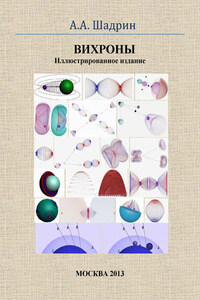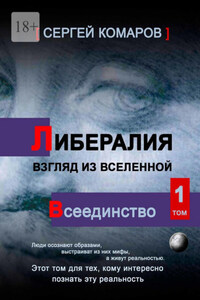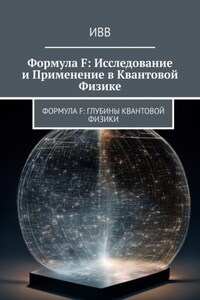1. The Transformation of the concept of mass for the sake of theories
Perhaps there is no single physical concept that has suffered the most from the prevailing theories in physics, as the concept of "mass". At the present time, in our orthodox physics, everything that can be hung on our long-suffering mass has been hung on it. We now have mass responsible for inertia, for gravity, and for energy. Everywhere you look; we have mass, just mass and nothing but mass. That this is not the case, we have already found out earlier, when we considered the issues of gravity in the first issue of the physics of a highly developed civilization series "The Paradigm of gravity of Extraterrestrial civilizations" [1]. So the mass of the test body, consisting only of substance has nothing to do with gravity, for a round of the gravity of the test body is not responsible for its mass, but positive (light) matter, which is part of the elementary particles of this test body, which just has no mass. Thus, to bring final clarity to this question of the masses is extremely necessary. And it is unlikely that we would be able to do it ourselves without the information of a highly developed civilization.
Mass as a scientific term was introduced by Newton as a measure of the amount of substance, before that, naturalists operated with the concept of weight. In the work "Mathematical principles of natural philosophy" (1687) Newton first defined the "amount of matter" in a physical body as the product of its density and volume. He further indicated that he would use the term mass in the same sense. Finally, Newton introduced mass into the laws of physics: first into Newton's second law (through the amount of motion), and then into the law of gravity, from which it immediately follows that weight is proportional to mass. Newton clearly pointed out this proportionality and even tested it on experience with all possible accuracy in those years: "Mass is determined by the weight of the body, because it is proportional to the weight, which I found by experiments on pendulums produced in the most accurate way" (these experiments Newton described in detail in volume III of his "Principles")
The etymology (origin) of the term "mass" (lat. Massa, from the other-Greek. μαζα) originally in ancient times meant a piece of dough. Later, the meaning of this word expanded, and it came to mean a whole, unprocessed piece of arbitrary matter; in this sense, the word is used, for example, in Ovid and Pliny.
Consider how the concept of "mass" changed in the XX century. So in the school textbook for the sixth grade for 1960, the following definition of mass is given.
"The amount of substance contained in a body is called the mass of that body."
As can be seen from this definition of mass, it was not even associated with inertia, but this does not mean anything, since children at that time were given knowledge in stages, just the inertial properties of mass were reflected in high school. In the sixth grade, they very strongly drew the children's attention only to the quantitative nature of mass, and in the sixth grade, they did not give the children such a concept as "inertia", which was given later. Here is a quote from a 1960 school textbook.
"So the mass of a loaf of bread is greater than the mass of a slice of bread, and the mass of a larger piece of sugar is greater than the mass of a smaller piece. A liter of water contains a thousand times more substance than a cubic centimeter of water and weighs a thousand times more than a cubic centimeter of water. In short, the weight and mass of bodies made of the same substance, the greater the volumes of these bodies.
The mass of the body can be judged by its weight. The greater the mass of the body, the greater the weight of this body,
This property of bodies makes it possible to compare by weight not only the masses of bodies from the same substance, but also the masses of bodies from different substances. Very precise experiments have established that if the weight of a body from one substance is five times, for example, more than the weight of another body from another substance, then the mass of the first body will be five times more than the mass of the second body.
When we compare the weights of bodies with the weights, we also compare the masses of these bodies."
As you can see from this quote, the article on mass in the sixth grade does not even mention the concept of "inertia", and the main emphasis is on the fact that mass is defined through weight. This of course greatly confused the children, and they had the illusion that mass and weight is the same thing. Moreover, at that time the unit of mass was a kilogram, abbreviated as kg, and the unit of weight was expressed in kilograms, abbreviated as kG. Here is a quote from the textbook: "A unit of mass is called, like a unit of weight, a kilogram, but unlike a unit of weight (1 kG), it is designated 1 kg." The same name for the units of mass and weight caused even more confusion in children's minds, and only when they studied Newton's second law did they begin to understand the difference between weight and mass (and even then, perhaps, not all), since the unit of weight is numerically not equal to the unit of mass. However, this already applies to the methodology of teaching physics in high school. Here we draw the readers ' attention to the fact that the teachers knew, of course, that mass, in addition to being a quantity of matter, has inertial properties. They knew that mass is a measure of the inertia of a body. So, in 1960, two things were noted about mass:









